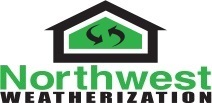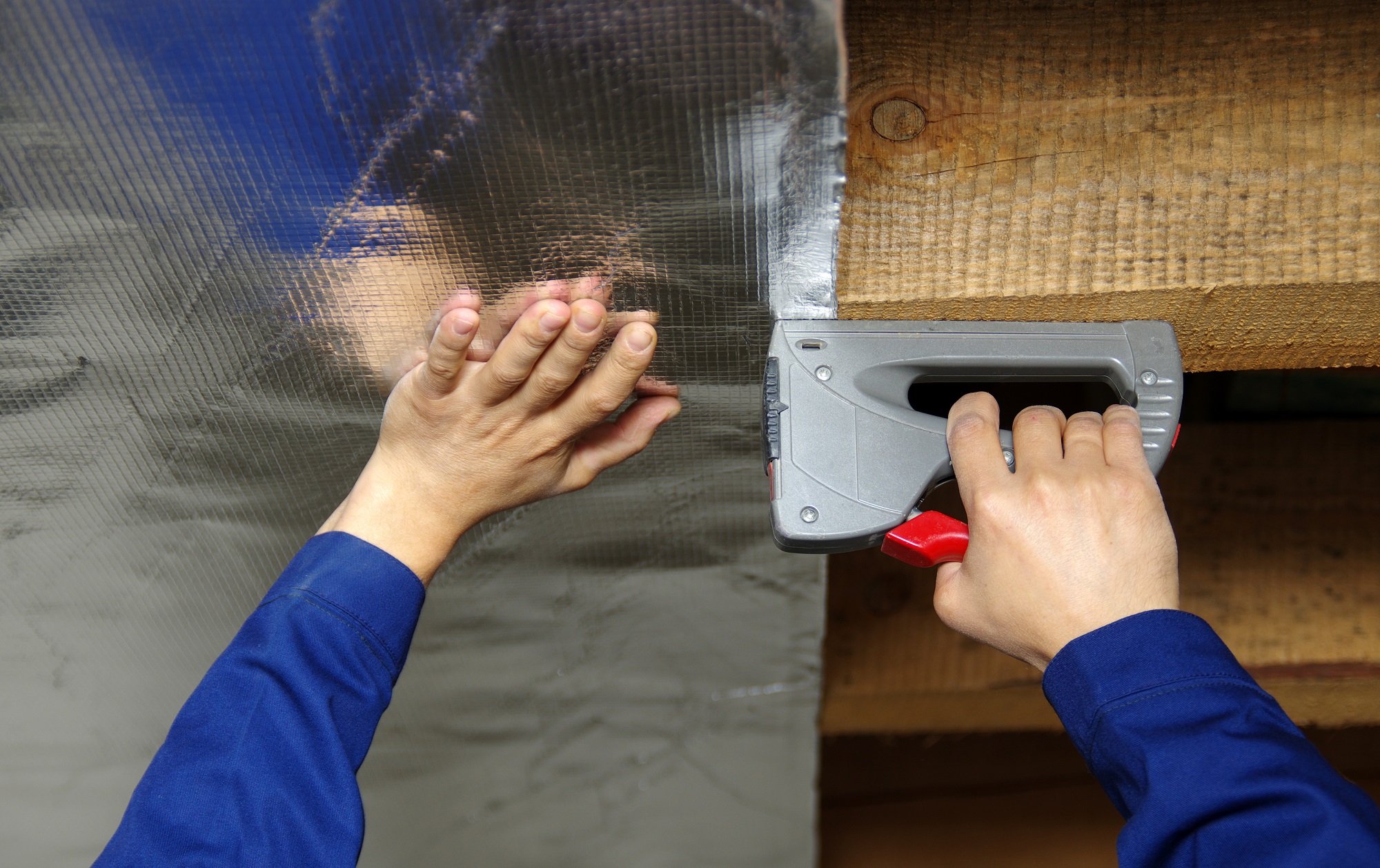In the world of building science, moisture control is a crucial aspect that directly impacts a structure’s performance, durability, and indoor air quality. One key factor to consider in moisture management is vapor diffusion—the movement of water vapor through building materials. Vapor diffusion can lead to condensation, mold growth, and compromised insulation effectiveness. To combat these problems, implementing vapor barriers has become increasingly important. In this blog post, we will delve into the concept of vapor diffusion, explore the role of vapor barriers, and highlight their significance in maintaining a healthy and efficient building. By gaining a comprehensive understanding of vapor diffusion and vapor barriers, you will be equipped with valuable knowledge to make informed decisions and ensure optimal moisture control in your home.
What Is Vapor Diffusion?
Vapor diffusion may seem like a scientific concept that’s hard to grasp, but it’s actually a very important process that occurs in the materials all around us. It’s the movement of water vapor molecules through porous materials, like wood, insulation, and concrete, as a result of vapor pressure differences. These differences occur due to variations in temperature and water vapor content in the air. What’s interesting is that vapor diffusion always occurs from the high to low vapor pressure side, which is often from the warm side to the cold side. In cold climates, this means that vapor primarily diffuses from the heated interior to the cold outdoors, while in hot climates, the opposite occurs.
How Do Vapor Barriers Contribute to Diffusion?
The building industry has come a long way in managing vapor diffusion, and it’s no surprise why. After all, less vapor means less condensation and less potential for unsightly mold or mildew. To accomplish this, contractors have turned to a slew of different methods. However, none are quite as effective as utilizing vapor barriers or retarders in combination with insulation. And the beauty of it all is that there are options that you can use to tailor how much you want to control the vapor itself. Keeping vapor diffusion in check is key for ensuring the longevity and overall health of your structure.
What Is an Example of Vapor Diffusion?
An example of vapor diffusion can be observed in everyday life when a hot shower is taken in a bathroom without proper ventilation or a vapor barrier in place. As the warm water evaporates, it turns into water vapor, which is a gaseous state. This water vapor tends to move from areas of high concentration (the bathroom) to areas of low concentration (other rooms or the outside environment).
Without any measures to control vapor diffusion, the water vapor can permeate through porous building materials, such as drywall or insulation, and eventually reach colder surfaces, such as windows or exterior walls. As the vapor encounters these colder surfaces, it can condense back into liquid water, leading to moisture problems, including mold growth, peeling paint, or structural damage. This example illustrates the importance of understanding and managing vapor diffusion to maintain a healthy and moisture-controlled indoor environment.
How Can Vapor Barriers Benefit Your Home?
Vapor barriers can provide several significant benefits to your home. Here are some ways in which vapor barriers can benefit your home:
- Moisture Control: One of the primary benefits of vapor barriers is their ability to control moisture levels within your home. By preventing the movement of water vapor through building materials, vapor barriers help reduce the risk of condensation, which can lead to mold growth, wood rot, and damage to the structural integrity of your home. Effective moisture control provided by vapor barriers helps maintain a healthier indoor environment and protects your investment in the long run.
- Improved Energy Efficiency: Vapor barriers play a crucial role in enhancing the energy efficiency of your home. By limiting the movement of water vapor, they help maintain the integrity and performance of insulation materials. Insulation works most efficiently when it remains dry, as moisture can reduce its effectiveness. Vapor barriers prevent moisture intrusion from infiltrating insulation, ensuring it retains its thermal resistance properties and contributes to lower energy consumption and reduced heating and cooling costs.
- Protection against Structural Damage: Water intrusion and moisture accumulation can lead to significant structural damage over time. By installing vapor barriers, you can create a protective layer that acts as a moisture barrier preventing water from permeating through walls, floors, and ceilings. This protection helps preserve the integrity of the building materials, preventing rotting, warping, or deterioration and ultimately extending the lifespan of your home.
Northwest Weatherization Installs Vapor Barriers for Homes
As a homeowner in the Pacific Northwest, protecting your property against excess moisture is a must. With the region’s damp climate, moisture vapor can seep in and cause all sorts of issues, from mold growth to foundation damage. To prevent these problems, vapor barriers offer an effective solution. Essentially, these are sheets of special plastic that stop water and vapor from penetrating the subfloor and air vents. By sealing off your crawl space, you’re taking a proactive step to safeguard against flooding and harmful gases like radon levels. Here at Northwest Weatherization, we understand the importance of keeping your home dry and secure, which is why we recommend vapor barriers as the best way to defend your property against moisture-related issues.
Contact us today to get proper vapor barrier installation.
Other weatherization services we provide:
- Floor Insulation
- Crawl Space Encapsulation
- Crawl Space Vapor Barrier Installation
- Attic Insulation
- Duct Sealing & Ductwork
- Wall Insulation
Visit our About Us page for more information about our weatherization company.

